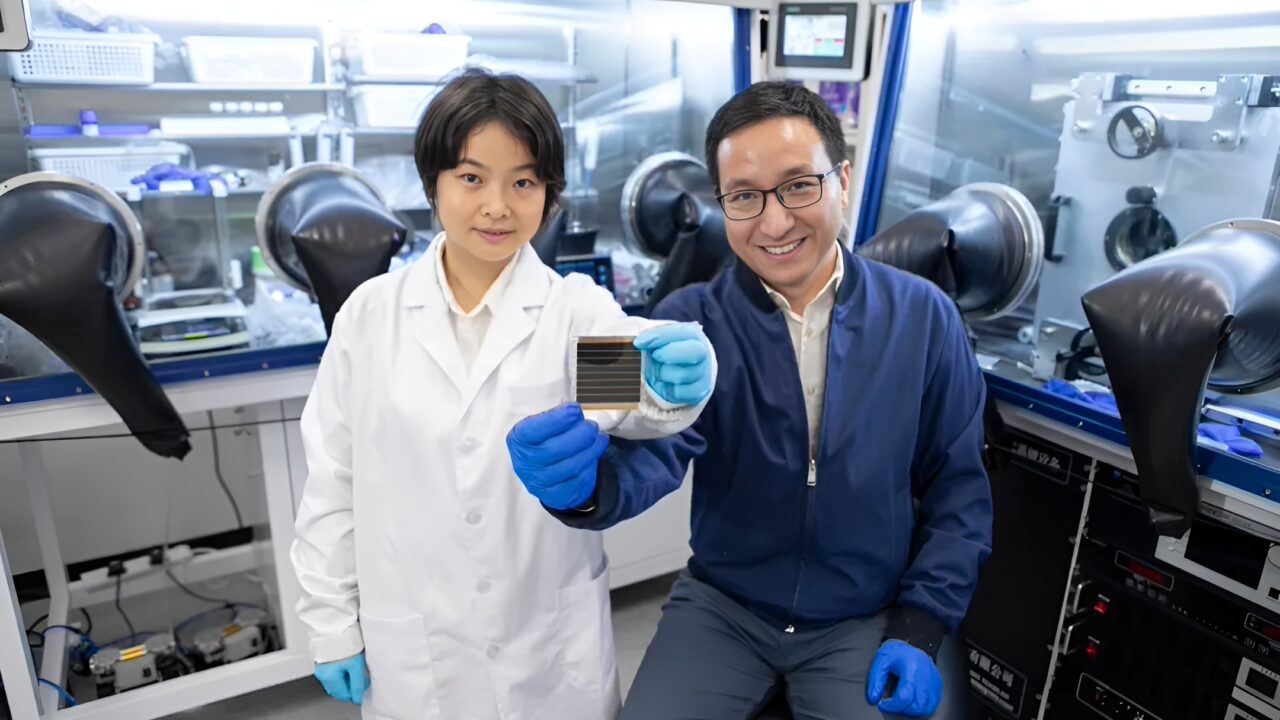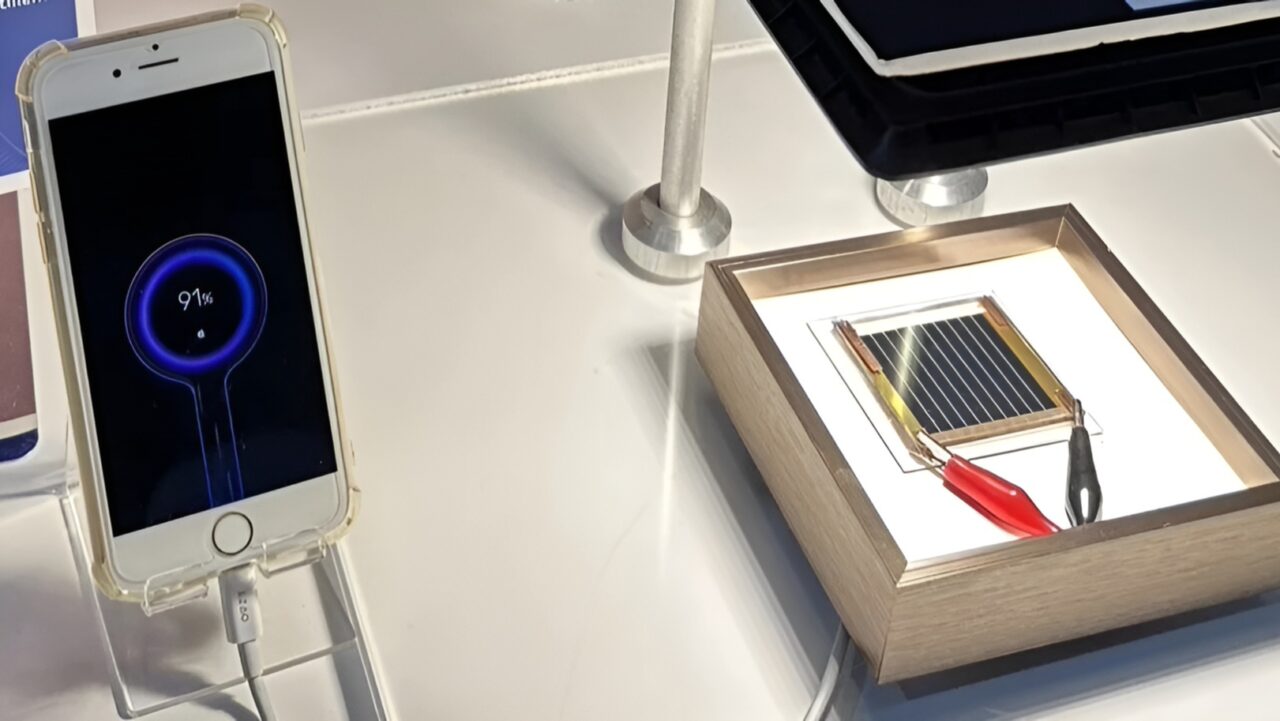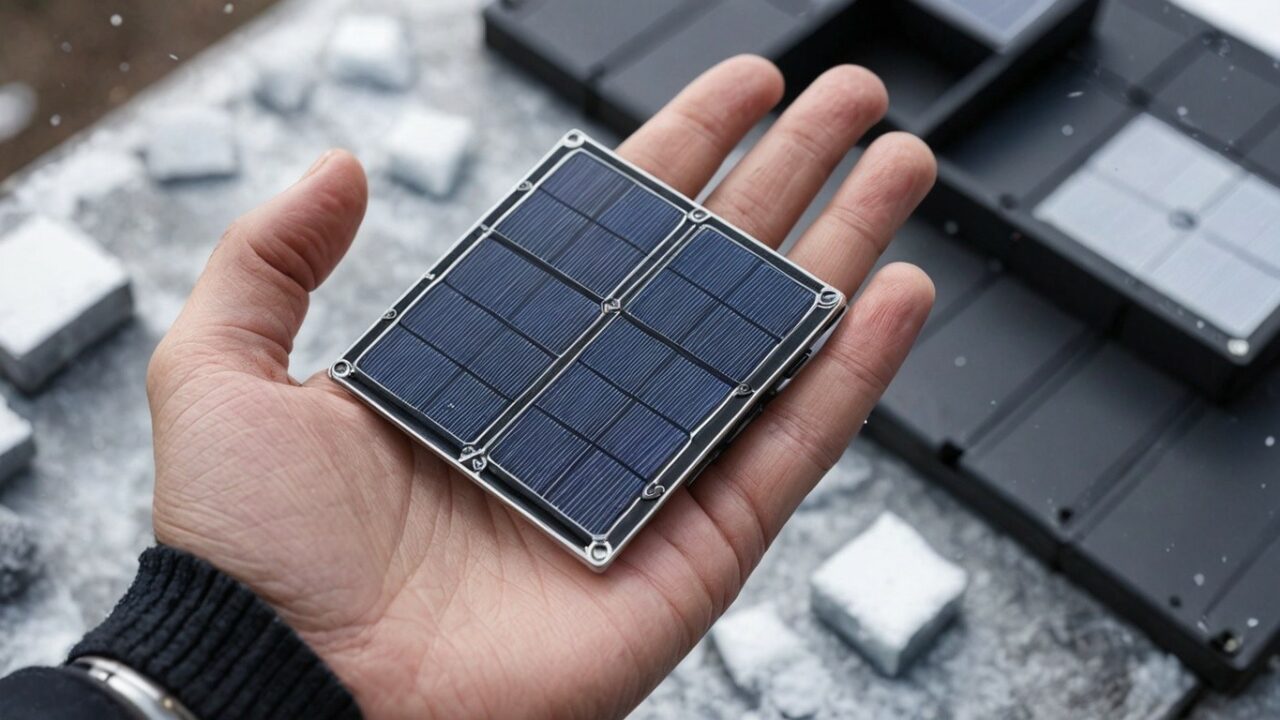We’re entering a new era in solar panel technology. A research team from the Hong Kong University of Science and Technology has conducted a groundbreaking study on the durability and photovoltaic efficiency of perovskite solar panels. These panels were tested for a total of 1200 hours over 200 cycles, from -40°C to 85°C. The results are truly impressive. Here’s the detailed breakdown:
Major Innovation from Hong Kong: Perovskite Solar Panels Set New Standards in Durability
The goal of this study was to enhance the longevity of solar panels and remove barriers to commercial adoption. This significant achievement was published in the renowned scientific journal Science, creating a substantial impact. Here’s a closer look at the success:

Perovskite panels have become a major focus in the solar energy sector in recent years. Known as next-generation thin-film solar panels using perovskite-based compounds as light-absorbing materials, these panels offer major advantages due to their low production costs and simple manufacturing process.
Compared to traditional silicon-based solar panels, perovskite panels are much more economical and can achieve high efficiency rates. However, for widespread commercial use, durability issues needed to be addressed. Specifically, long-term performance in external conditions was one of the biggest obstacles to their commercial adoption.

The research team at Hong Kong University of Science and Technology drew inspiration from the mechanical durability of natural chiral materials to solve this issue. They created a robust and flexible heterogeneous interface by adding a “R-/S-methylbenzylamine”-based chiral structural interface between the perovskite light-absorbing layer and the electron transport layer.
According to tests conducted under the International Electrotechnical Commission (IEC) 61215 solar panel standard, the device was tested for a total of 1200 hours over 200 cycles at temperatures ranging from -40°C to 85°C. The results were impressive: the device retained 92% of its initial efficiency.

This successful study paves the way for perovskite solar panels to become more durable and reliable for commercial use. The ability to use these panels in large-scale solar power plants and harsh climatic conditions is significant for the widespread adoption of renewable energy sources.
Given these developments, perovskite solar panels could find broader applications in the future. The advancement of this technology could lead to lower energy costs and contribute to a more sustainable energy future. You can access the details of the article here.
What do you think about this development? Share your thoughts on the future and commercial use of perovskite solar panels in the comments below.














